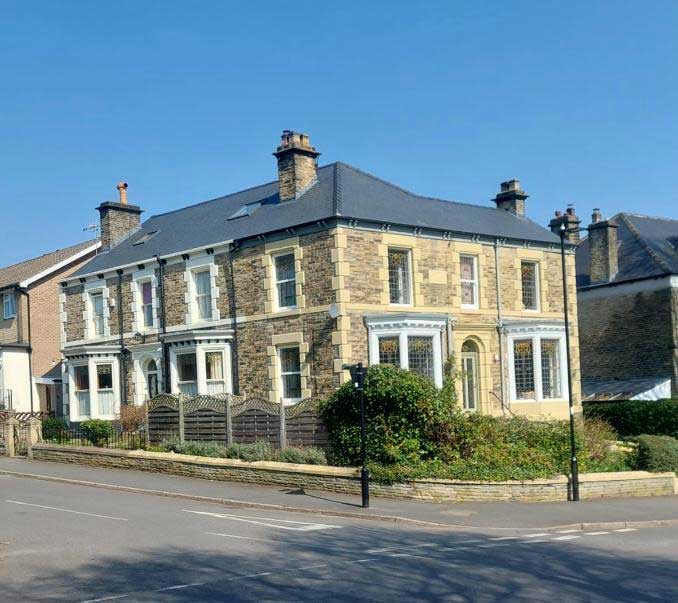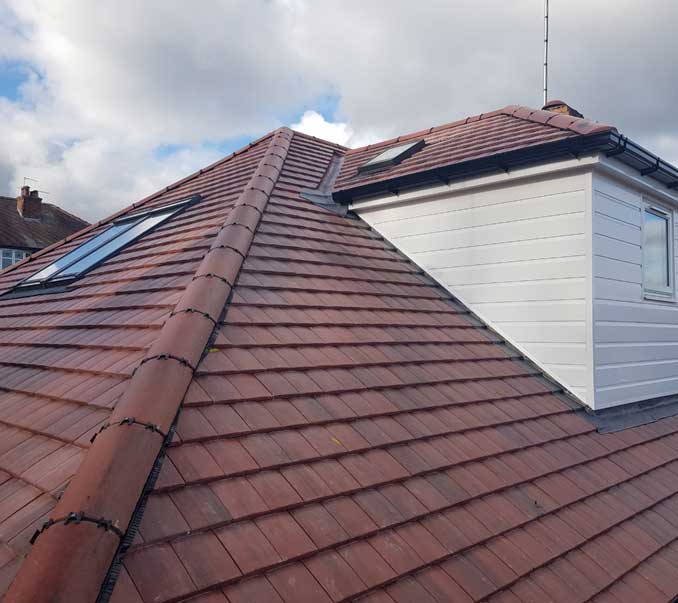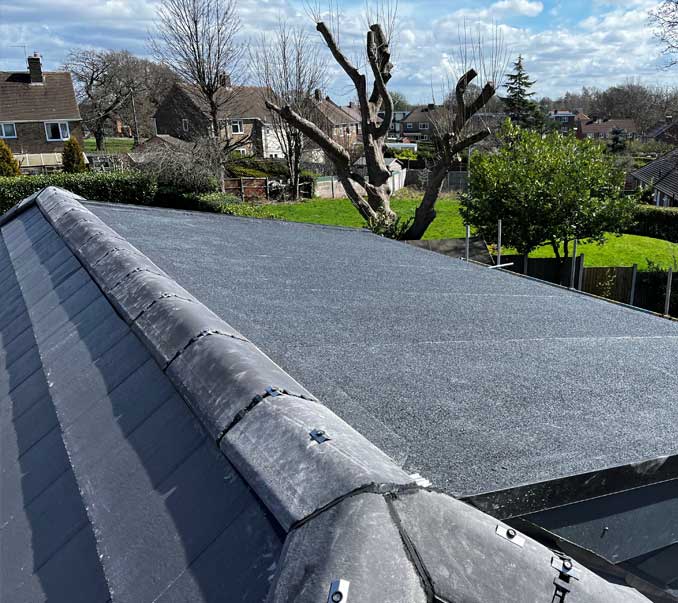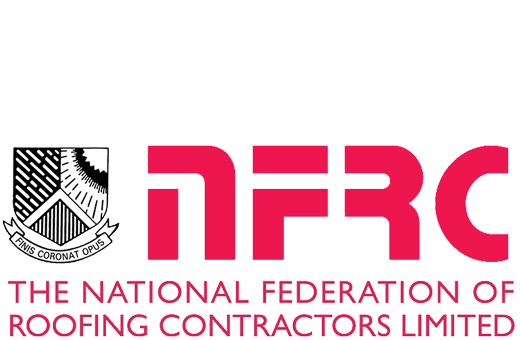1. Initial Planning
a) Assess condition & need
Check the existing roof structure: are the roof timbers (rafters, battens, purlins) sound or rotten/warped? If these are in poor condition, you’ll need repairs or replacement.
Evaluate insulation and ventilation: these are often upgraded during a re-roof. Modern building regs require better insulation, so even if the slate is fine, you may need to improve the underlying layers.
b) Choose the type of slate
Natural slate: e.g. Welsh, Cornish, Spanish, Brazilian. Natural slate is very durable (some types > 100 years), has an authentic look, but costs more.
Synthetic / composite / fibre-cement / slate look-alikes: lower cost, lighter, sometimes easier to source, but shorter lifespan and possibly less “prestige”. Good alternatives if budget is a concern.
c) Roof pitch, shape and complexity
The steeper the roof, the more work / risk, so labour cost goes up. Complex roofs (hips, valleys, dormers, chimneys) cost extra.
Also need to consider headlap, slate size, weight (especially for natural slate) because heavier materials may require stronger supporting structure.
2. Regulations, Permissions, Standards
a) Building Regulations
In nearly all cases replacing or installing a new roof must comply with Building Regulations. Key requirements include structure safety, fire safety, insulation, ventilation etc.
If the covering material is changed, or more than a certain proportion of the roof is replaced (or structural parts are altered), you’ll probably need to notify Building Control or submit plans.
b) Planning Permission
Many re-roof works are “Permitted Development” (i.e. no formal planning permission needed) so long as you’re replacing like-for-like (same materials / shape) and not altering roof height significantly.
But if the building is listed, or in a conservation area / nationally protected landscape, or using different materials or changing appearance, then permission may be required.
c) Material and product standards
Slates should meet relevant British/European standards (e.g. BS EN 12326 for natural slate), or equivalent.
Homebuilding
Consider durability aspects: water absorption rate (lower is better), carbonate content (for some natural slates), etc.
3. Selecting Contractors and Getting Quotes
Get several quotes (at least 3) from reputable roofing contractors. Ask for breakdowns: materials, labour, scaffolding, disposal of old roof, extra work (e.g. structural repair, insulation).
Check their credentials: are they members of trade bodies (e.g. National Federation of Roofing Contractors NFRC), do they have good references, are they insured, do they self-certify / handle building regs?
Ensure the quote covers scaffolding, temporary waterproofing, removal of old slates, disposal. Hidden extra work can blow up costs if not accounted for.
4. Budgeting / Cost
While costs can vary here are some of the areas that you will need to budget for (or expect from your contractor):
| Element |
Typical Cost Drivers |
| Materials |
Type of slate (Welsh = expensive, Spanish / imported usually cheaper); synthetic vs natural; thickness and quality; extra items (flashings, ridge pieces, felt/membrane, insulation). |
| Labour |
Roof size and complexity; pitch; local labour rates; access; weather delays. |
| Scaffolding / Access |
Needed around the house; cost depends on height and whether public highways are involved. |
| Waste removal / dismantling |
Removing old roofing materials, disposing of them appropriately; skip hire. |
5. Practical & Construction Considerations
Structural strength: Ensure the roof structure can bear the weight of the new slate (heavier natural slate vs lighter synthetics). Reinforcements may be necessary.
Waterproofing and underlay: Use a breathable membrane; ensure proper flashing, ridges, abutments, valleys to avoid leaks.
Ventilation: Crucial to prevent condensation; roofs need proper eaves ventilation and sometimes ridge vents depending on design.
Insulation: May need to upgrade insulation to meet current regs (Part L in England/Wales, equivalent elsewhere). It might be easier to do this when reroofing.
Material matching: For older / period houses, matching slate type / colour / texture may be important for aesthetics (or required by conservation bodies). Reclaimed slate may be considered.
6. Timeline
Survey & planning → selecting contractor & getting quotes: can take a few weeks.
Approval / building control notifications / planning permission (if needed): might take weeks to a couple of months depending on locality and complexity.
Construction time: depending on size & complexity, may take from ~ 5-10 days for smaller/simple slate roofs up to a few weeks for large / complex ones.
7. Maintenance & Longevity
Slate roofs (especially quality natural slate) last a long time – often 75-100+ years, if installed and maintained well.
Regular inspection (twice a year), look for slipped/cracked slates, blockages in gutters, damaged flashings. Clean off moss/leaves especially where vegetation overhangs.
Fix small issues early – a single slipped slate or flashing leak can lead to bigger structural damage later.






